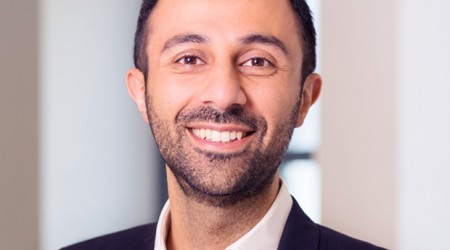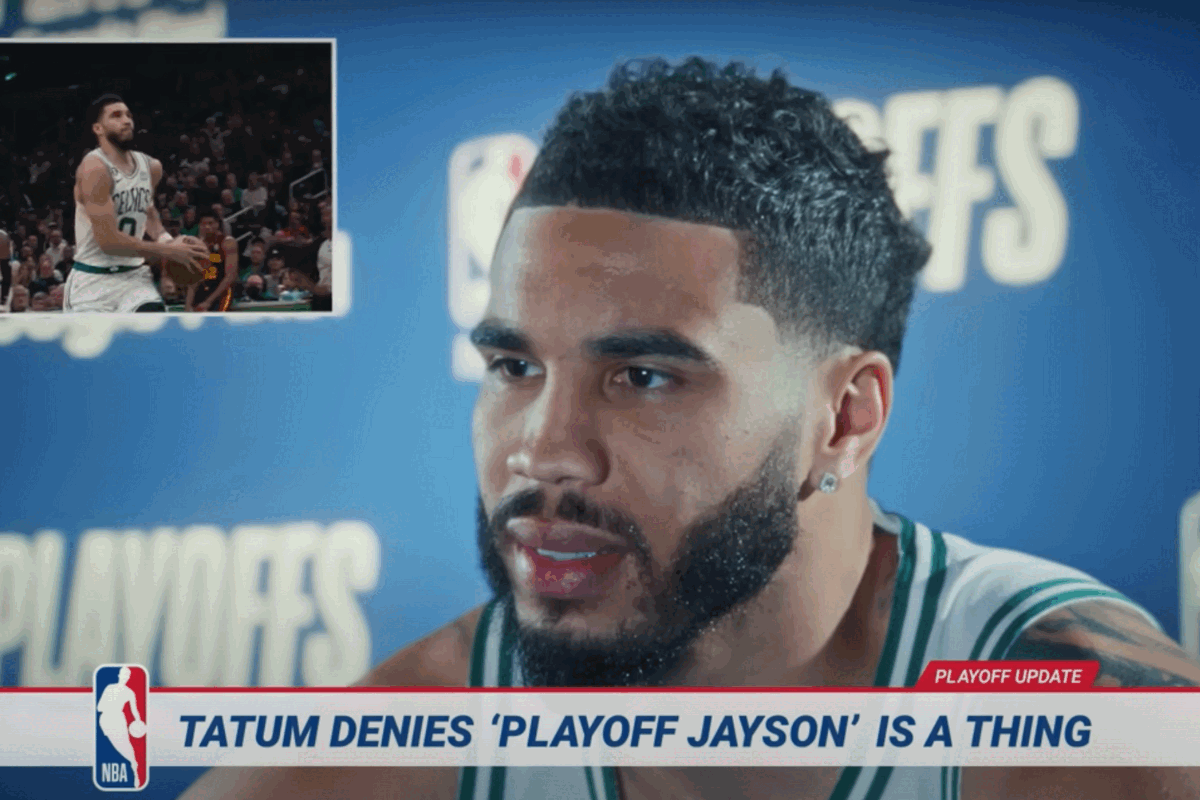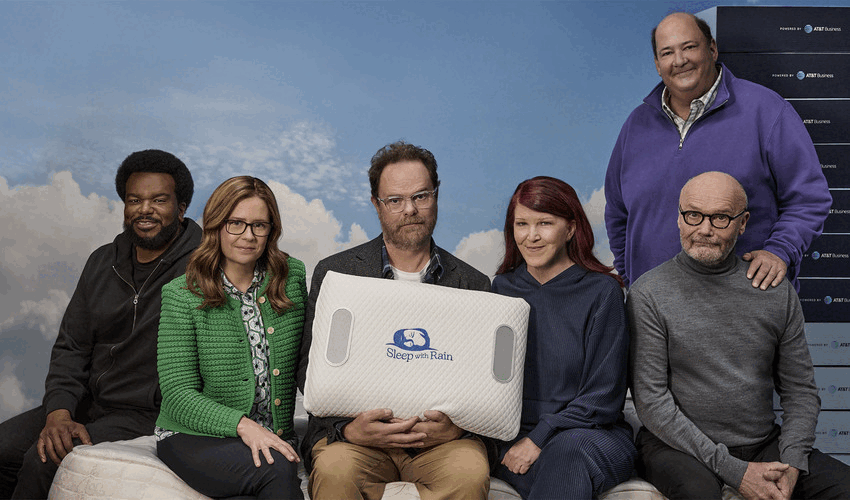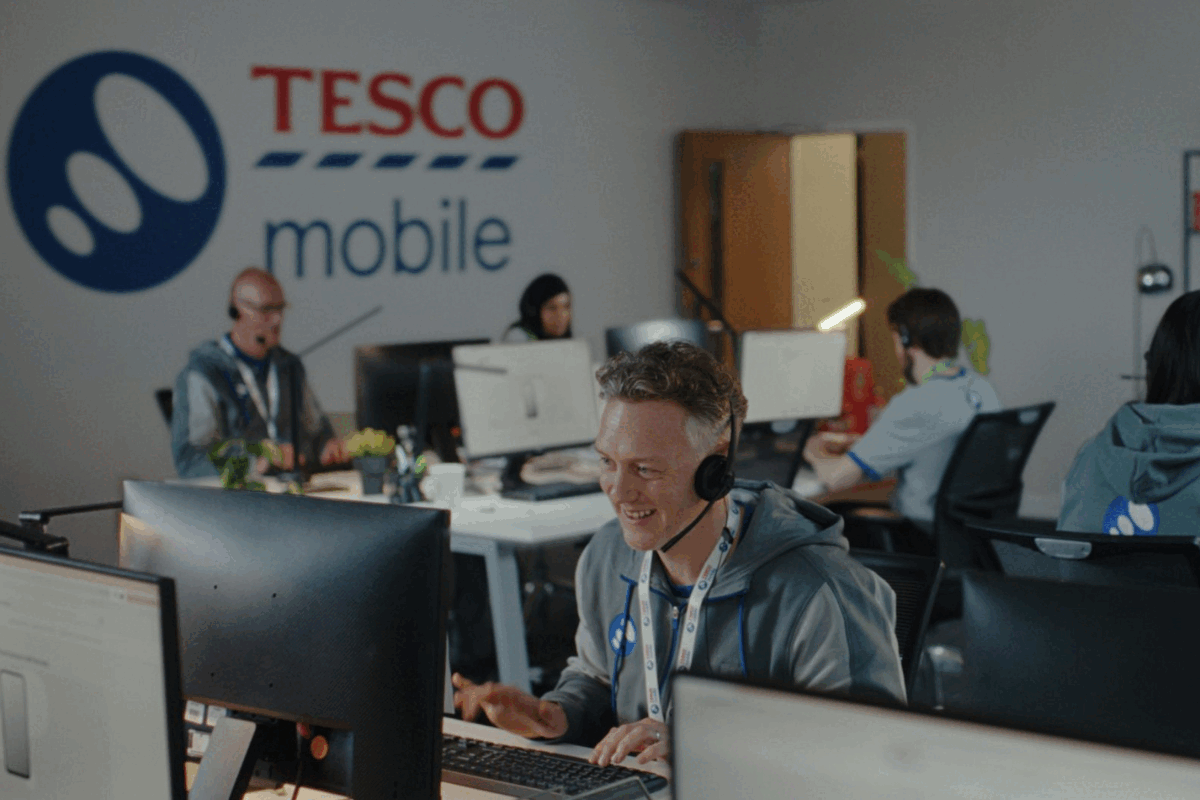Off The Rails
- Wednesday, February 24th, 2016
- Share this article:
 Sorosh Tavakoli, SVP of Ooyala, looks at what Facebook’s recent decision to close its LiveRail ad server to new customers, means for video publishers.
Sorosh Tavakoli, SVP of Ooyala, looks at what Facebook’s recent decision to close its LiveRail ad server to new customers, means for video publishers.
On 7 January, Facebook announced the closure LiveRail’s ad serving product. A couple of months earlier when Facebook shut down roughly one third of its non-desired customer base of smaller publishers, I thought the focus would shift towards larger and more premium publishers. The signs now clearly show Facebook is leaving the business of providing software and tools for publishers altogether.
LiveRail leaving the video ad serving business is bad news for video publishers. They don’t have much choice when it comes to video-dedicated platforms on which to operate their business; now they have even less.
Even though our focus is on broadcasters and O&O publishers, we have been competing, to some extent, with LiveRail over the years, so in one sense this move is good news for us, and we are offering a free migration to our Pulse platform for any de(Live)railed customers.
I was initially optimistic for LiveRail at Facebook, and also concerned as a competitor. After all, it has the fastest growing ad business on the planet with plenty of resources, as well as its unique asset: individual-based, demographic data across devices with an unbelievable global reach.
The question was always, what is it going to do with this acquisition? Facebook was not in the business of providing software to publishers. This deal was positioned as Facebook’s play on the sell side, similar to Google’s DFP play, hitting Google where it was weak – video, mobile and native. And this business would be the Yang to their previously-acquired Yin, Atlas, on the buy side.
Stability issues
But as time passed, we sensed the market was not responding well to how the business was developing. Numerous platform stability issues were reported, including service issues and lack of progress in the product. With Facebook as an owner, the market initially exhibited great patience, knowing Facebook had enough resources and expertise to eventually figure it out. Over time though, the patience of its publisher base was increasingly challenged, and with few signs of improvements publishers started to look around for other options. That said, I didn’t expect Facebook to throw the baby out with the bathwater.
LiveRail had, in my opinion, made an interesting play early on to combine programmatic trading capabilities into its ad server. It wasn’t perfect, but it was clearly built for a future where direct sales through insertion orders and programmatic become increasingly integrated; a future we at Ooyala are investing heavily in. As such, announcing it will sunset ad serving altogether made really no sense to me. This goes against Facebook’s master play and against where the market is heading. And how can you shut off parts of an integrated platform? My read is, the broader product is at risk here.
Facebook has around 2.5m advertisers buying on its various properties, including Facebook, Instagram and WhatsApp. It services larger agencies and trading desks, and also has some ad tech partners who it helps retarget and buy advertising on its properties more efficiently.
Facebook is not in the business of providing enterprise-grade software and support. That means it does not sell complex software; it doesn’t have an organization supporting a few high-touch users; and it’s not used to sharing roadmaps. This is what LiveRail’s business was all about, and it was the business model for which it was organized prior to their acquisition. Shortly following the acquisition however, the team was dispersed within Facebook, with sales reporting into sales, product into product, engineering into engineering, etc. And with this, the LiveRail culture and enterprise-grade support was diluted.
Putting all of these pieces together now, Facebook’s strategy and actions become clearer. With its unique identity data set and 2.5m advertisers, Facebook is expanding its footprint beyond its owned and operated properties. The cornerstone of that is the Atlas buying platform that will natively access Facebook data for buyers wherever they buy.
The other side will be more about expanding the toolset for publishers, allowing them to best tap into the Facebook budgets. The play is not to offer them products and tools for managing complete monetization (ad server and SSP), but rather SDKs or specific PMP (Private Marketplace)-type capabilities that will unlock more Facebook budgets, with Facebook acting as a monetization partner or demand source. With this strategy, shutting down the ad server, and eventually its SSP as we know it today, makes sense – and the next announcement around the SSP will, at least to me, not be as surprising.
If you’re one of the hundreds of customers that Facebook has said this announcement impacts, the effect is pretty simple. You’ll need a new ad server and I’d think over time, a new SSP partner. The choices are pretty simple. If you are an O&O-focused publisher you now have three real options in the market – Ooyala, FreeWheel and Google. If O&O is less of a focus, you syndicate your content heavily and/or sell for third party publishers, you might want to consider other options.
Sorosh Tavakoli is SVP of Ooyala. This article first appeared in the February 2016 print edition of Mobile Marketing. You can read the whole issue here.















